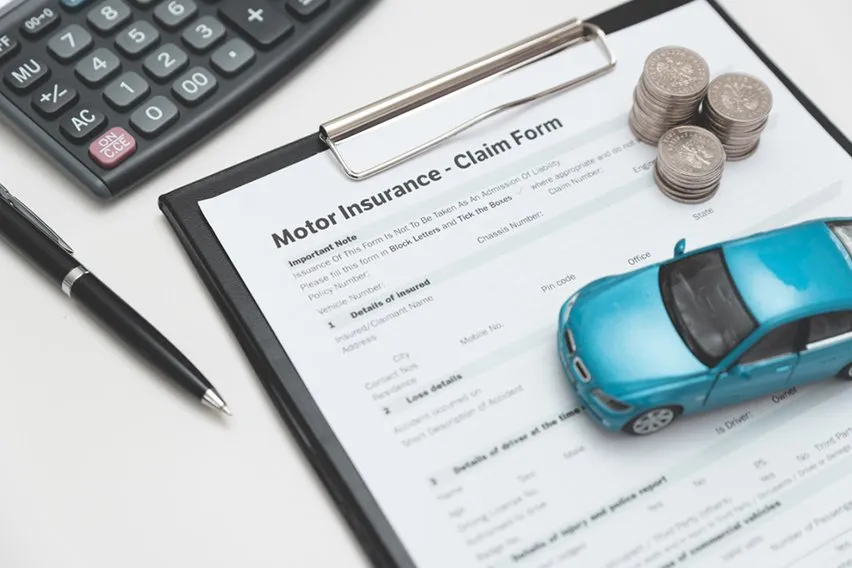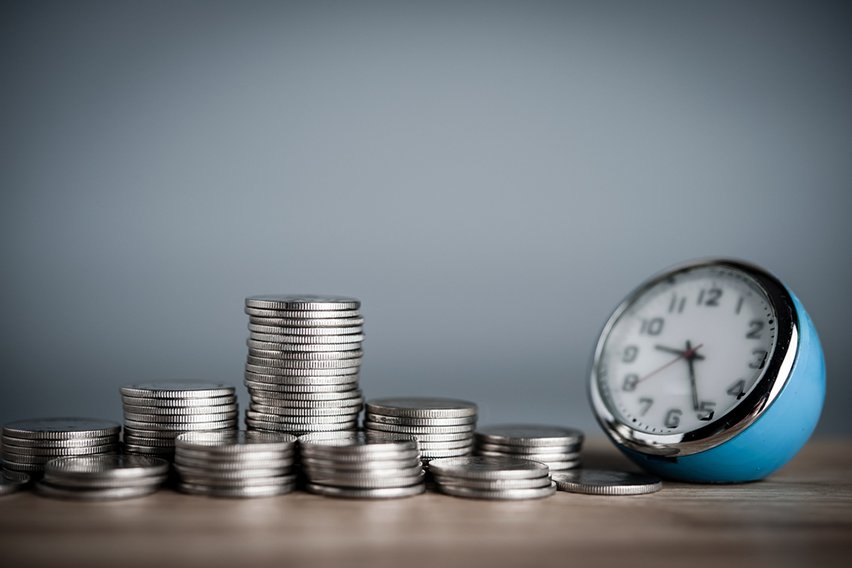Market Risk Premium: Definition, Formula & Calculation

When you get into investing, there’s a plethora of knowledge available for determining risk. Every investment has a relationship between risk and reward. When they work out, risky investments tend to pay the highest. However, it’s never recommended to take risks that don’t have a good rate of returns. Thankfully, risk can be calculated.
If you’re beginning your investment journey, you may want to learn about market risk premium. It’s one of the essential formulas any investor needs to get started. Keep reading to learn more about it, as well as how to calculate it!
Here’s What We’ll Cover:
The Three Concepts Used by Market Risk Premium
Calculating the Market Risk Premium
What is Market Risk Premium?
The market risk premium is the additional return an investor expects to receive when holding a risky market portfolio. This is compared to the expected rate of return on risk-free assets, also known as the risk-free rate.
The market risk premium model is part of the CAPM or Capital Asset Pricing Model. Analysts and investors use this to calculate the acceptable rate of return for an investment. CAPM largely deals with risk and reward. The model defines both as:
- Risk: Volatility of returns
- Reward: Rate of returns
Investors, particularly risk-averse investors, want the highest reward and the lowest risk. This means that the money they’ve invested is guaranteed to provide returns. However, in most cases, the lower the risk, the lower the rewards. This is why the market risk premium model was developed.

What is the Risk-Free Rate?
The risk-free rate is based on the yield of a long-term government bond rate in the country where the investment occurs. Government bonds have a guaranteed growth rate, making them an excellent baseline.
The Three Concepts Used by Market Risk Premium
When discussing market risk premium, there are three core concepts that come into play. These concepts are listed below.
Required Market Risk Premium
This is the minimum rate that investors should accept. If the investment’s expected rate of return is lower than the required rate, then an investor should not invest. It’s also known as the hurdle rate or hurdle rate of return.
Historical Market Risk Premium
Historical return rates are a reflection of the investment’s past performance. This is also known as the historical market rate. The historical premium will be the same result for all investors since it’s based on widely available data.
Expected Market Risk Premium
This is simply defined as the expected amount an investor expects to make. It’s not always based on math. Rather, it’s based on the expectations that the investor has of the investment.
It should be noted that the required and expected market risk premiums will vary from investor to investor. This is due to the changing minimum amount investors will accept, as well as what they expect to make.
Another thing to take into consideration is the instrument used to determine historical rates. Each different investment instrument will produce a different result, though they’ll be similar.

Calculating the Market Risk Premium
If you’re ready to start looking at investments that are riskier than others, you’ll need to know how to calculate the market risk premium. Thankfully, the formula is simple to use. Check it out below:
Market Risk Premium = Expected Rate of Return – Risk-Free Rate
It should be mentioned that the variables above are based entirely on percentages. Market risk premium, as a rate, is expressed as a percentage. Let’s take a look at an example using the following information.
The current risk-free rate based on 10-year government bonds is 3%. The expected rate of return when using the S&P 500 is 8%. Using this information, we can calculate the market risk premium. See below.
Market Risk Premium = Expected Rate of Return (8%) – Risk-Free Rate (3%)
Market Risk Premium = 5%
It’s as easy as that! There are other variables to consider, though.
Understanding Risk
In investing terms, risk relates to market volatility. The more volatile security is, the riskier it is. This is why government bonds are used to assess the risk-free rate. They’re not volatile whatsoever. Stocks, however, are highly volatile, making them a risky investment by comparison. This is why you have the market risk premium formula. It helps you understand whether or not the risk is worth it in the long run.
Key Takeaways
When you’re considering investing, you always have to take risks and rewards into account. By understanding the risks involved with the investment you’re interested in, you can make smarter investments. Use the market risk premium to find out if your investment options are too risky!
For more information like this, be sure to visit our resource hub! There are many more articles like this available for you and your small business!
RELATED ARTICLES

 What Are Debt Securities & How They Work? Overview & Types
What Are Debt Securities & How They Work? Overview & Types What is Growing Perpetuity: Formula and Calculation
What is Growing Perpetuity: Formula and Calculation Business Vs Company: What’s the Difference?
Business Vs Company: What’s the Difference? What Is a Purchase Journal? Definition, Format & Example
What Is a Purchase Journal? Definition, Format & Example Difference Between Activity Based Costing Vs Traditional Costing
Difference Between Activity Based Costing Vs Traditional Costing What Is IAS (Instalment Activity Statements)
What Is IAS (Instalment Activity Statements)